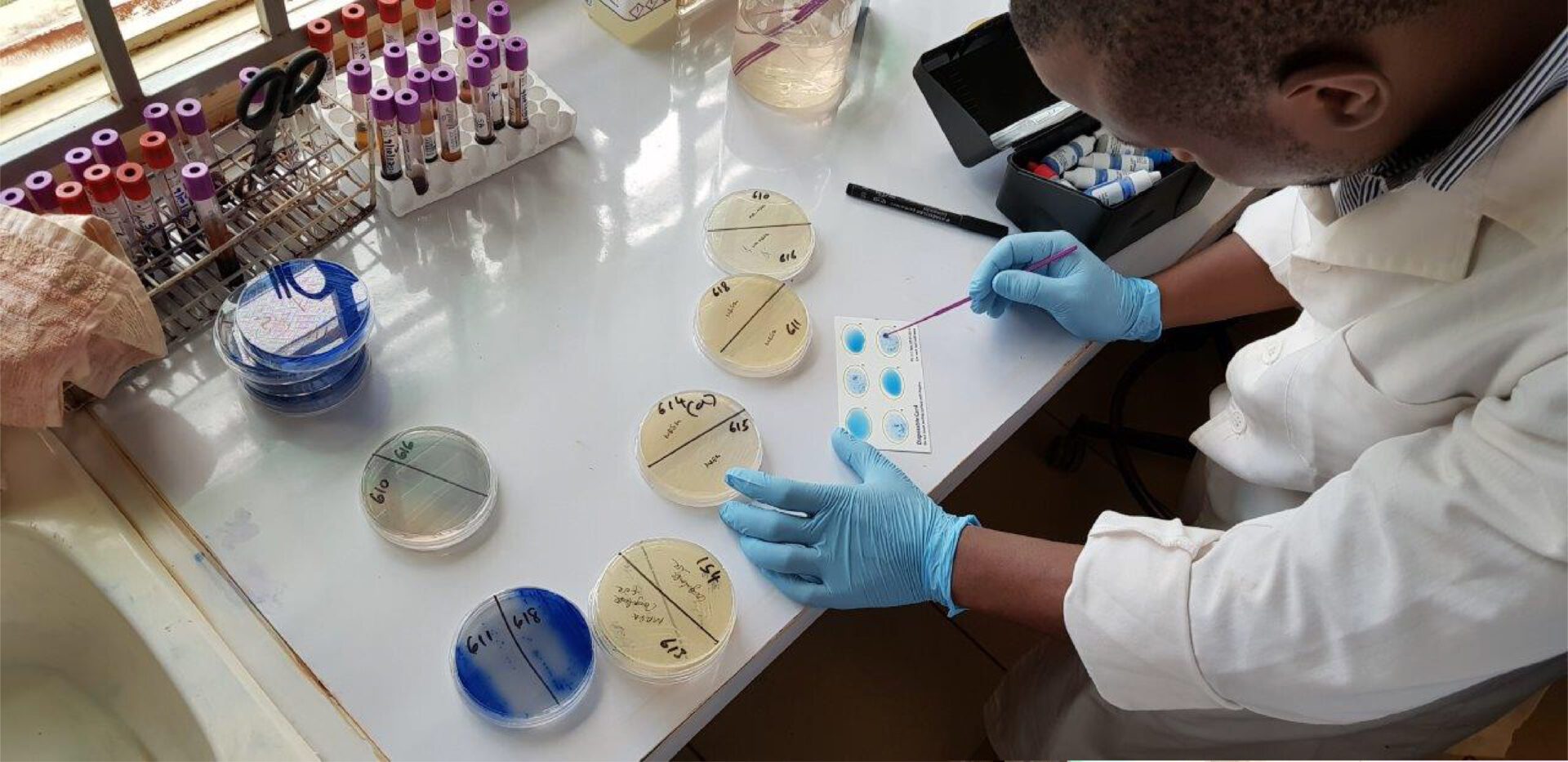Dogs and cats bring joy to our homes, and caring for their needs is a responsibility. Veterinary diagnostic services are pillars of modern pet care in preventing diseases for dogs, cats, and other pets.
This article, we’ll discuss how diagnostic testing supports pet health and explain the testing process.
How Do Veterinary Laboratories Work?
Veterinary laboratories focus on testing for testing biological materials. Veterinary professionals use these labs to develop effective treatments.

Steps in veterinary testing usually includes:
- Obtaining specimens: Tissue or fluid samples are taken by the vet.
- In-depth testing: Modern technology conduct the tests.
- Diagnostic reports: Labs share results with veterinarians for targeted interventions.
Key Diagnostics for Pet Health
Diagnostic exams are tailored to pet needs to address medical issues. Key lab services include:
- Complete blood counts (CBC): Identify infections.
- Urinalysis: Ensure bladder health.
- laboratorio de analises clinicas para animais
- Stool testing: Identify digestive disorders.
- Sensitivity screens: Improve coat health.
- Imaging diagnostics: Examine internal structures.
Why Diagnostic Exams Are Essential
Regular testing improves pet care. By identifying issues early, vets can provide better care.

Additional benefits include:
- Better disease management: Health problems are minimized.
- Saving on future treatments: Small problems are treated before they escalate.
- Assurance about pet health: Feel secure about their health.
The Value of Diagnostics for Pet Owners
Veterinary labs play a key role in modern pet care. With regular lab evaluations, you protect their well-being.
Start their journey to better health today and give your furry friends the best care possible!
Comments on “Why Pet Diagnostic Labs Are Essential for Dogs and Cats”